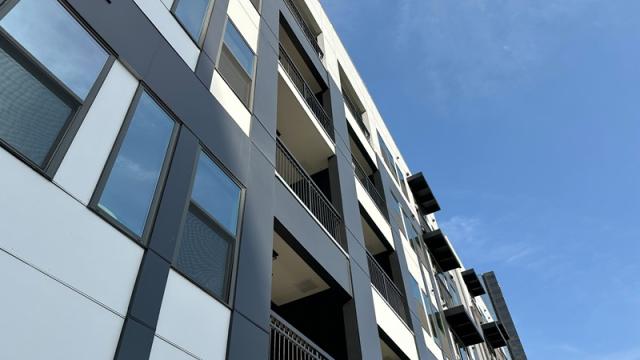webinar
About two years ago, just as COVID-19 was in full force with few remedies available, the media was quick to claim that the pandemic had decimated urban core rental and recovery was nowhere in sight.
Today, looking back at that challenging period, those headlines proved to be exaggerations. Adding to downtown’s “obituary” was the “work-from-home/work-from-anywhere” condition so many embraced.
We now see just how much the media underestimated the power of downtown rental living.
While the two quarters immediately following the COVID-19 lockdowns did see steep declines in many urban cores, that segment quickly regained strength, according to CoStar data from 14 leading urban core markets across the country.
Key urban markets fully recovered
Looking at data from Denver, Boston, Seattle, Chicago, Houston, Austin, Atlanta, Dallas, Los Angeles, Philadelphia, Phoenix, San Diego, San Francisco, and Washington, D.C., this group in 2021 absorbed 26,000 units, a 66 percent increase compared to 2019. Absorption has slowed slightly in Q1 2022 but remains positive.
Its cumulative rents were up 14 percent — outperforming the US average of 11.3 percent.
The forecast for rent growth here in 2022 and 2023 has the group surpassing pre-pandemic rates.
As for absolute rents, only Houston has not had rents return to pre-pandemic levels.
Concessions in these downtown markets are the same as they were pre-pandemic indicating owners are getting the rents they want, and communities are filling up.
A 1990s flashback
We’re seeing a flashback to the 1990s when urban markets experienced a renaissance. As businesses returned to areas such as Boston, the Loop in Chicago and Manhattan, companies set out to cater to these new, educated, and well-paid renters.
Included are restaurants, retailers, and fancy coffee shops as beneficiaries.
This boom led to the “work-live-play” term that carried for more than a generation and is still seen today.







